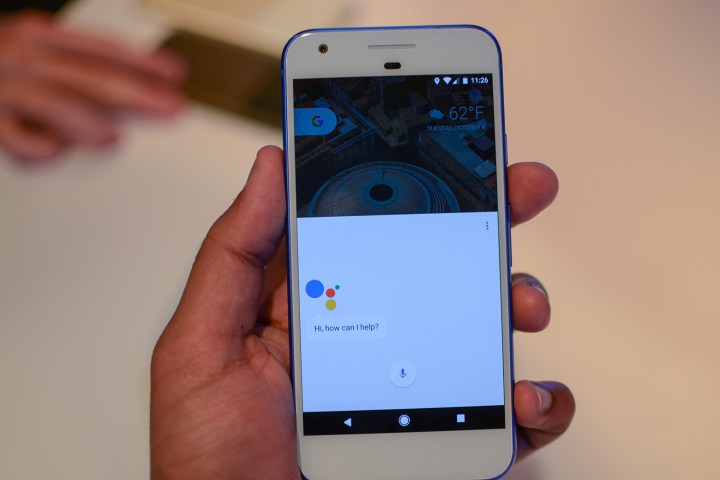
According to a post on XDA-Developers, if your phone is rooted and you have version 6.5.35.21 or newer of the Google app, you can edit a file with the name of build.prop to trick Google servers into thinking that its the Google Pixel XL.
You can also use a flashable image, which is available on XDA-Developers, but remember to backup your data before doing anything, just to stay on the safe side.
It’s important to note that really only those with sufficient technical know-how should try and hack their phone like this. Not only that, but only those who know what they’re doing should even root their phones — there are plenty of dangers with rooting your phone, including some that could basically brick the device, void your warrant, and make it easier for malware to breach it. Not only that, but some users on the XDA-Developers thread have been commenting that the process has been messing up features like the phone’s camera, and a number of errors have showed up. Safe to say, it’s probably best not to try this on your daily driver device.
Still, the fact is that there may be ways to get Google Assistant on a phone that isn’t the Google Pixel or Google Pixel XL is nice. Hopefully, the feature will open up to other phones officially as time goes on.
Editors' Recommendations
- The first Google Pixel 9 Pro hands-on photos are here
- Something strange might happen to the Google Pixel Fold 2
- Google Pixel 8a: news, rumored price, release date, and more
- 5 phones you should buy instead of the Google Pixel 8
- Google just released the first Android 15 beta. Here’s what’s new